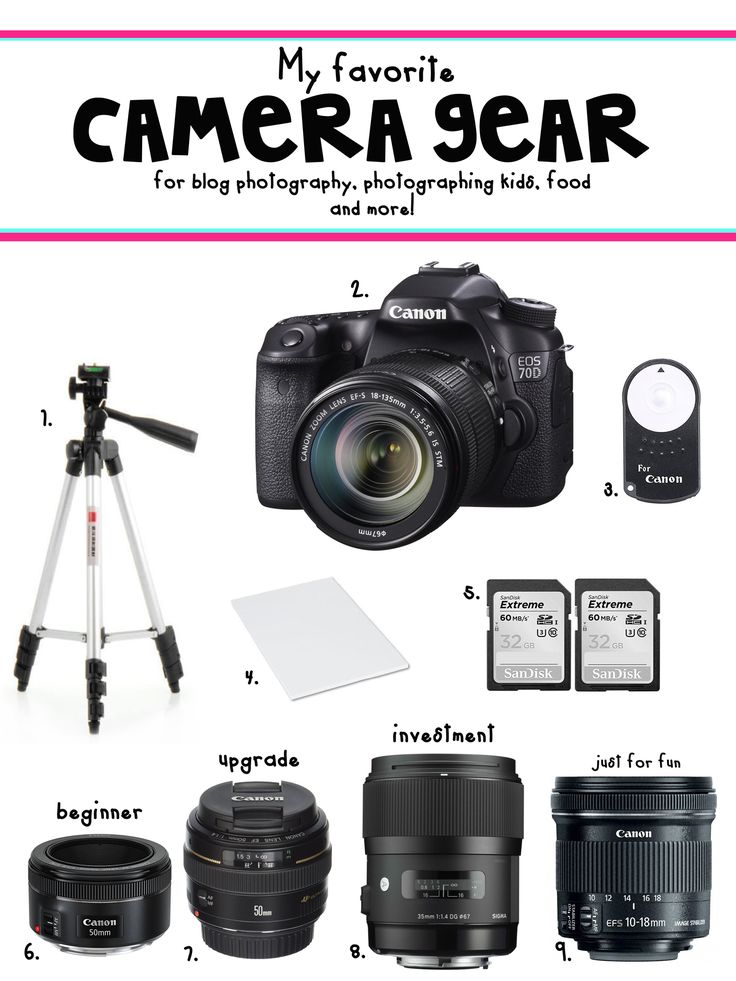The Ultimate Guide to Capturing Stunning Photographs with the Latest Cameras
Welcome to our comprehensive guide on capturing stunning photographs with the latest cameras. In this post, we will provide valuable insights and tips to help you make the most of your camera’s capabilities and take your photography skills to the next level. Whether you’re a beginner or an experienced photographer, these tips will help you enhance your photographic journey.
1. Familiarize Yourself with Your Camera
Before diving into the world of photography, take the time to understand your camera’s features and settings. Read the user manual and experiment with different modes and controls. Learn about aperture, shutter speed, ISO, white balance, and other settings that can significantly impact your photographs.
2. Shoot in RAW Format
If your camera supports it, shoot in RAW format instead of JPEG. RAW files contain more data, allowing for greater flexibility during post-processing. You’ll have more control over adjusting exposure, colors, and other aspects of your images.
3. Master Composition Techniques
Composition is the art of arranging the elements within a photograph. Learn about the rule of thirds, leading lines, symmetry, framing, and other composition techniques to create visually appealing and balanced photos. Experiment with different angles and perspectives to add interest to your images.
4. Utilize Natural Light
Lighting plays a crucial role in photography. Take advantage of natural light whenever possible. The golden hours—shortly after sunrise and before sunset—offer soft, warm light that can transform your images. Avoid shooting during midday when the light is harsh and creates unwanted shadows.
5. Experiment with Different Lenses
Invest in a variety of lenses, such as wide-angle, telephoto, and macro, to expand your creative possibilities. Each lens has its unique characteristics and applications. Experiment with different focal lengths to capture a wide range of subjects, from landscapes to portraits to close-up details.
6. Learn about Exposure Triangle
Understanding the exposure triangle—aperture, shutter speed, and ISO—is crucial for mastering exposure. Aperture controls the depth of field, shutter speed determines the amount of light entering the camera, and ISO represents the camera’s sensitivity to light. Balancing these three elements will help you achieve well-exposed images.
7. Use Tripods and Filters
To capture tack-sharp images and long exposures, invest in a sturdy tripod. This will eliminate camera shake and allow you to experiment with slower shutter speeds. Additionally, filters, such as ND filters and polarizers, can enhance your images by reducing glare, improving color saturation, and managing exposure in challenging lighting conditions.
8. Post-processing Techniques
While capturing a perfect photo in-camera is ideal, post-processing can significantly enhance your images. Explore software like Adobe Photoshop or Lightroom to adjust exposure, colors, sharpness, and other aspects of your photographs. Develop your editing style to create a consistent look across your portfolio.
9. Composition Apps and Tools
Utilize smartphone apps and online tools to assist you with composition and planning your shots. These tools typically offer features like depth of field calculators, sun position tracking, and composition grids, helping you visualize and perfect your compositions before capturing the photo.
10. Never Stop Learning
Photography is a continuous learning process. Explore online resources, join photography communities, attend workshops, and seek inspiration from professionals. Experiment with different techniques, subjects, and styles to develop your unique photographic vision.
By following these tips and putting them into practice, you’ll be well on your way to capturing stunning photographs with the latest cameras. Remember, practice makes perfect, so get out there and start capturing the world through your lens. Happy shooting!
Note: Ensure to optimize your blog post further for SEO, including using relevant keywords throughout the text, adding alt tags to images, and creating engaging meta descriptions and title tags.]]











